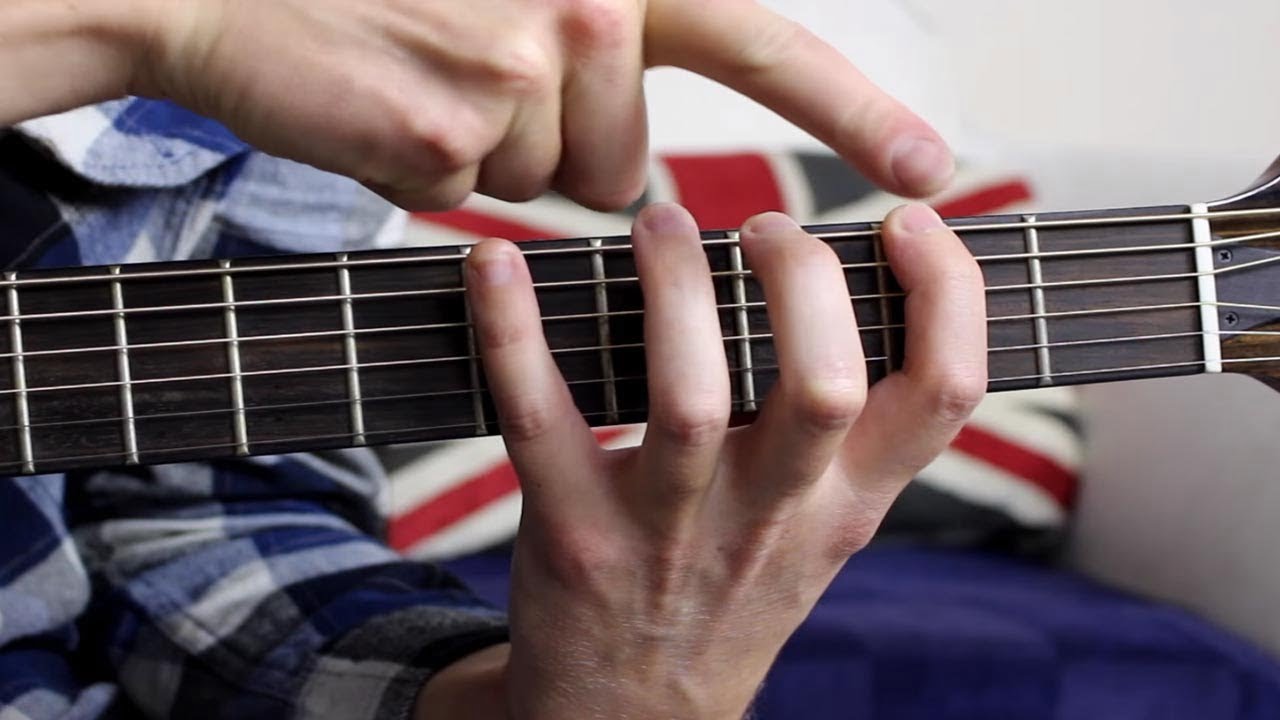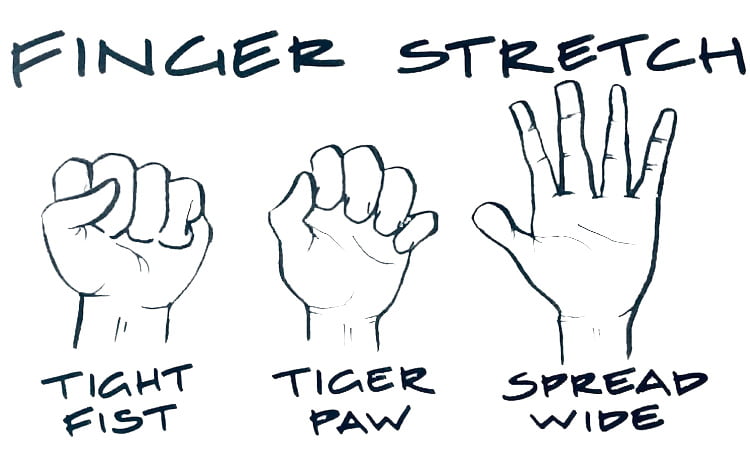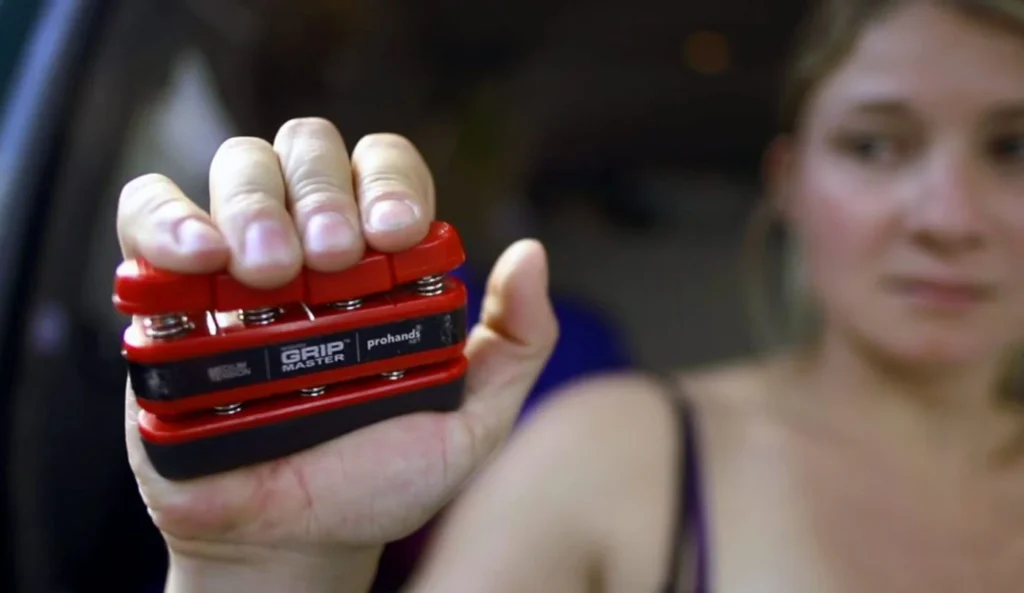Ever struggled with sore fingers or slow progress on your guitar? You’re not alone! Many guitarists face the challenge of building finger strength and dexterity. If you’ve ever thought, “Why do my fingers feel like they’re on a never-ending workout?” or “How can I improve my finger agility?”-you’re in the right place. Let’s dive into some exercise for fingers to play guitar that will transform your playing and boost your confidence.
Why Finger Exercises Matter
Before we get into the nitty-gritty of exercises, let’s address why finger practice is so crucial. As a guitarist, your fingers are your primary tools, and their strength and flexibility directly impact your playing. Without proper exercises, you might struggle with:
- Fretting Accuracy: Difficulty in pressing down the strings cleanly.
- Speed and Agility: Challenges in playing fast and complex riffs.
- Endurance: Fatigue during long practice sessions or performances.
The Problem with Neglecting Finger Exercises
You might be thinking, “Do I really need to spend time on exercises when I could be playing my favorite songs?” It’s a valid concern, but here’s the reality: finger strength exercises for guitar are not just for beginners. Even seasoned players benefit from these exercises to maintain and enhance their skills.
Ignoring finger exercises can lead to limitations in your playing ability. It’s like trying to build muscle without ever lifting weights—your progress will be slow and uneven. So, integrating finger exercises into your routine isn’t just beneficial; it’s essential.
Top Exercises for Fingers to Play Guitar
Now that we’ve established the importance, let’s explore some effective exercises that will get your fingers in shape and ready for any musical challenge.
1. Finger Stretching Drills
Finger stretching exercises are fantastic for increasing your reach and flexibility. Here’s a simple yet effective drill:
- Place Your Fingers: On the fretboard, place your index finger on the 1st fret of the low E string.
- Stretch Out: Extend your middle finger to the 2nd fret, ring finger to the 3rd fret, and pinky to the 4th fret.
- Play Sequentially: Strum each string while pressing down the frets in the sequence. Move up and down the strings to work all fingers.
2. Finger Strength Exercises
To build strength, try this classic exercise:
- Index to Pinky: Place your index finger on the 1st fret of the low E string.
- Sequential Press: Press down each fret in sequence (1st, 2nd, 3rd, 4th) with each finger individually.
- Repeat: Move across all strings and repeat for both hands.
These exercises will enhance your finger strength exercises for guitar and improve overall performance.
3. Finger Independence Practice
Improving finger independence is crucial for fluid playing. Here’s an exercise to help with that:
- Index Finger Lift: Place your fingers on the fretboard, but lift your index finger while keeping the others down.
- Alternate Lifting: Lift and place each finger independently while fretting notes. This builds dexterity and control.
4. Use a Guitar Finger Trainer
A guitar finger trainer is a fantastic tool for targeted practice. It helps to:
- Isolate Fingers: Work on individual finger strength and dexterity.
- Adjust Tension: Customize the resistance levels to match your current skill level.
Incorporate this tool into your routine to accelerate progress.
5. Integrate Finger Stretchers
For added flexibility, a guitar finger stretcher can be incredibly useful:
- Daily Stretches: Regularly stretch your fingers using a finger stretcher to enhance your reach and prevent stiffness.
- Warm-Up: Use it as a warm-up tool before practice sessions to prepare your fingers for more demanding exercises.
Consistency is Key
The most important aspect of these exercises is consistency. Incorporate them into your daily practice routine. Start with just 10-15 minutes a day and gradually increase as you build strength and flexibility.
Overcoming Common Challenges
You might encounter some common issues:
- Initial Discomfort: It’s normal to feel some discomfort at first. Gradually increase the intensity to avoid injury.
- Time Commitment: It might seem like an extra task, but remember that investing in your finger strength pays off in better playing and fewer struggles.
Conclusion
Exercise for fingers to play guitar is a game-changer for guitarists of all levels. From finger strength exercises for guitar to using tools like a guitar finger trainer and guitar finger stretcher, integrating these practices into your routine will not only enhance your playing ability but also make your practice sessions more enjoyable.
So, pick up your guitar, and start incorporating these exercises into your daily routine. Your fingers-and your music-will thank you!








Leave a Comment